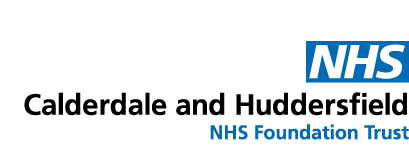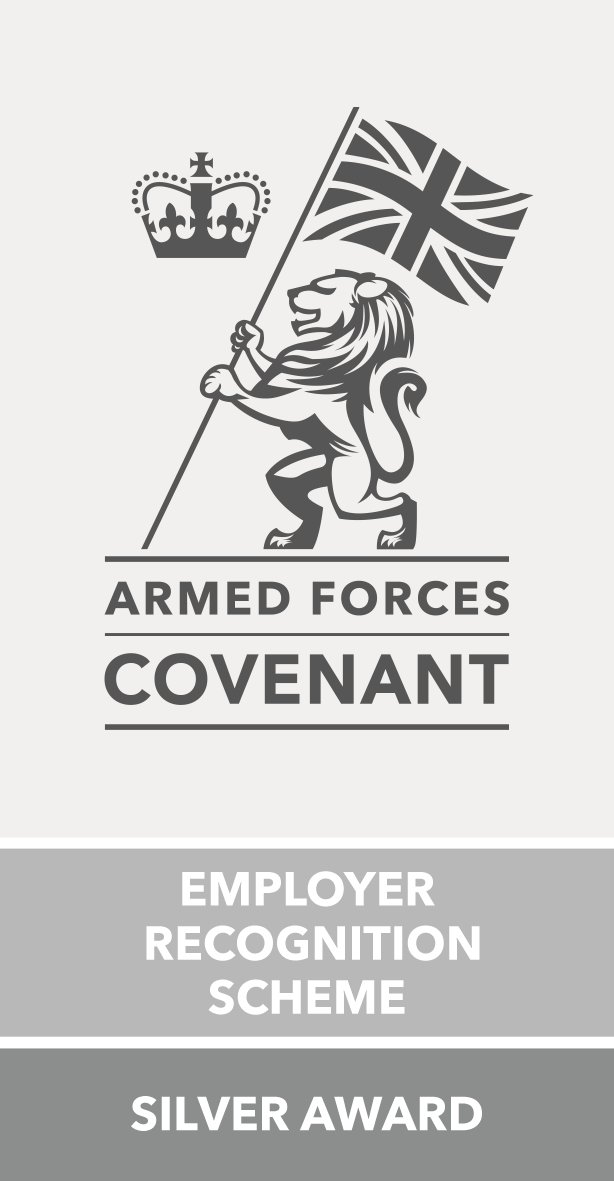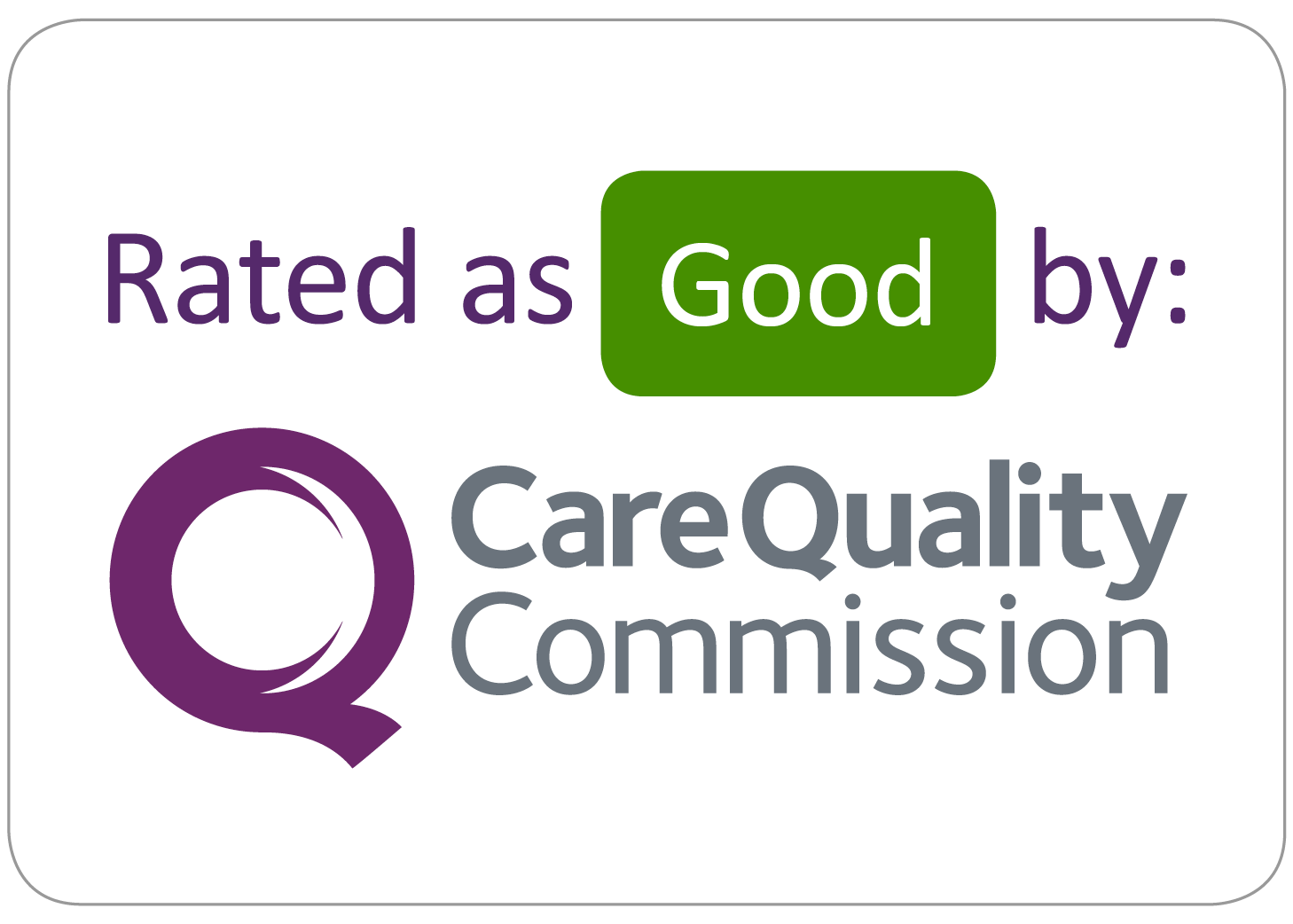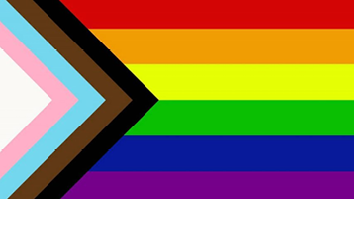Calf Muscle Strain
The calf complex is actually made up of two muscles – the Gastrocnemius and the Soleus. They both form the muscle at the back of the lower leg and attach into the Achilles tendon and are responsible for pointing your foot down at the ankle. This is especially important in explosive movements including running and jumping.
A calf strain occurs when some fibres of either of these two muscles are torn. It is a common injury and is often caused by overstretching or by putting excess force through the calf muscle. The severity of the strain varies but the underlying principles of treatment remain the same. Calf muscle strains usually take around 6 weeks to heal but this can sometimes take up to 12 weeks.
What are the symptoms of a calf strain?
- Pain
- Swelling
- Bruising
- Difficulty lifting your heel off the ground
The symptoms below could be a sign of Deep Vein Thrombosis (DVT). Please seek urgent medical attention by calling 111 if you experience any of the following:
- Pain starting without injury
- Throbbing pain or swelling in your calf
- Warm skin around the painful area
- Red or darkened skin around the painful area
How is it treated?
- Pain relief: over the counter pain relief such as paracetamol and ibuprofen or anti-inflammatory gels may help you to keep it moving.
- Ice: wrap an ice pack in a towel and place against the joint for 15-20 minutes
- Elevation: raise and support the affected leg higher than the hip when resting
- Activity modification: try to keep the leg moving within the limits of pain
- Footwear: wear supportive footwear with a small heel raise
- Use crutches if needed in the early stages but stop using them as soon as you comfortably can
- Exercises: to improve strength and flexibility

















